DeSmog
New Poll Shows Pennsylvania Voters Want a ‘Crackdown’ on Fracking
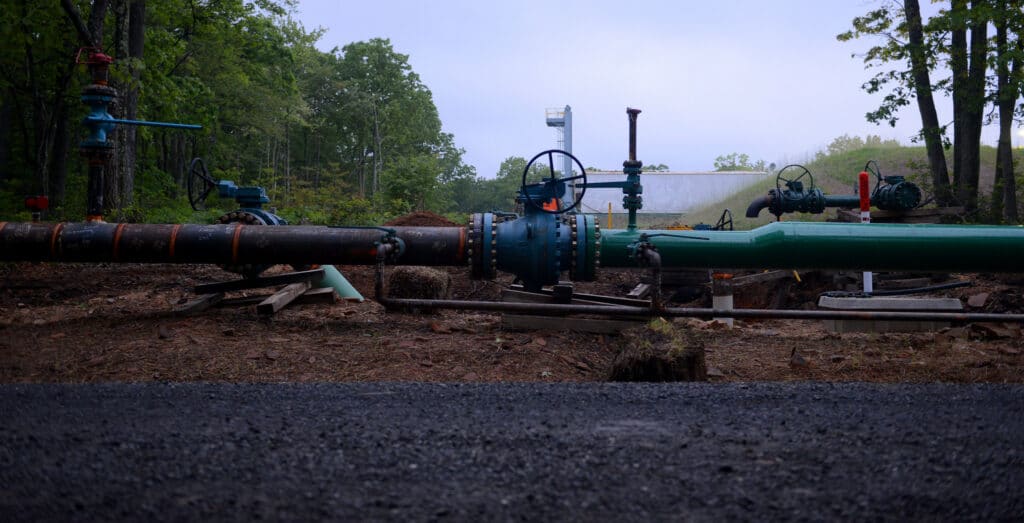
Pennsylvania voters have become increasingly disillusioned with the fracking industry, with weak and declining support across all demographics, according to a new poll. By wide margins, voters in the Keystone State want “a serious crackdown on fracking operations.”
The poll, conducted by Data for Progress for the Ohio River Valley Institute (ORVI), an Appalachian-focused think tank, shows that large majorities of voters in Pennsylvania — including from large swathes of Republicans — are concerned about pollution from fracking, oppose subsidies to the industry, and support a range of new regulations.
The declining support for fracking is “an extension of trends that have been underway for some time,” Eric de Place, a research fellow at ORVI, told DeSmog. “Men, women, age groups, Republicans, Democrats, Independents … there is not a demographic that doesn’t support a crackdown on fracking,” he said.
In the poll of 647 voters, 61 percent of respondents agreed with a statement that said Pennsylvania “needs to do a better job of cracking down on fracking companies that do not comply with regulations,” compared to 30 percent that said the government “does not need to intervene and impose more bureaucratic regulations on fracking companies.” Of those favoring increased enforcement, 51 percent were Independents, and even 43 percent of Republicans agreed the state should be doing more.
On a long list of additional questions, large majorities favored more restrictions, more oversight, and less state support for the natural gas industry, which for years has enjoyed political backing at multiple levels despite signs of waning approval from Pennsylvania residents.
For example, by a 74 to 14 percent margin, respondents favored greater setback distances for fracking operations from homes, schools, hospitals, and other buildings. By a 79 to 9 percent margin, respondents favored mandatory disclosure of chemicals used in drilling, and the same margin supported a comprehensive health response from the state to address the effects of living near drilling sites.
Currently, Pennsylvania exempts fracking fluids from being classified as hazardous waste, a designation that would change how and where fracking waste is handled. Yet 69 percent of those polled support classifying fracking fluids in this way, compared to 21 percent that do not.
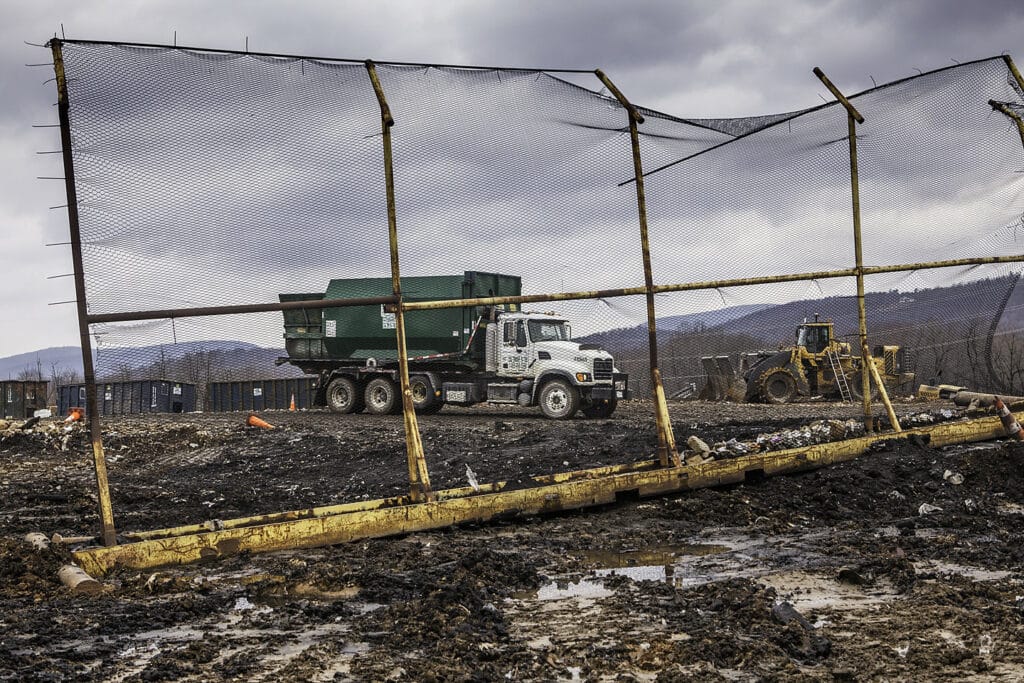
Questions about whether fracking has been an economic boon to the state were mixed, but only 30 percent supported tax breaks for drillers, while 59 percent opposed such support. At the same time, 86 percent agreed with a statement that fracking companies “should pay the full cost for the pollution they create.” Only 8 percent were opposed.
“There’s an overwhelming, shocking number of people who want the industry much more tightly regulated than it is now. That’s something that kind of everyone agrees on,” de Place said. “Whether you want [fracking] banned or you want it to continue … almost nobody wants it to continue as it is now.”
He said two things are likely going on. The benefits promised by the industry have been disappointing, and the negative impacts have become impossible to ignore. “People have heard and seen in their lives the horror stories. Kids getting a rare bone cancer possibly because of fracking waste nearby. A lot of stories about groundwater being contaminated. There’s people concerned about climate, of course. It goes on and on,” de Place said. “As the industry has had 10 years to operate, in some cases almost with free rein, there’s just more and more reasons to be concerned and more evidence piling up that the industry is really pretty dangerous.”
When asked about the poll, David Masur, executive director of advocacy group PennEnvironment said he was not surprised, given that the lofty promises from the industry that fracking would be an economic “gamechanger” have not played out.
“I think a lot of people said, ‘well, the economy feels no different than it did before except there’s air pollution and I see pictures of things exploding on TV,’” Masur said.
The poll results add to a growing body of evidence that in a state with a heavy drilling presence, the gas industry’s support is weakening. A 2014 Quinnipiac University poll, for instance, showed that 58 percent of respondents favored fracking.
Other polls also detail declining support for the industry over time. A Franklin & Marshall College poll from 2014 found that 40 percent of voters thought the economic benefits of fracking outweighed the environmental costs, while 37 percent believed the risks were too high. That same question was asked in 2020, and opinions had flipped, with respondents stating that the risks were too high by a 49 to 38 margin.
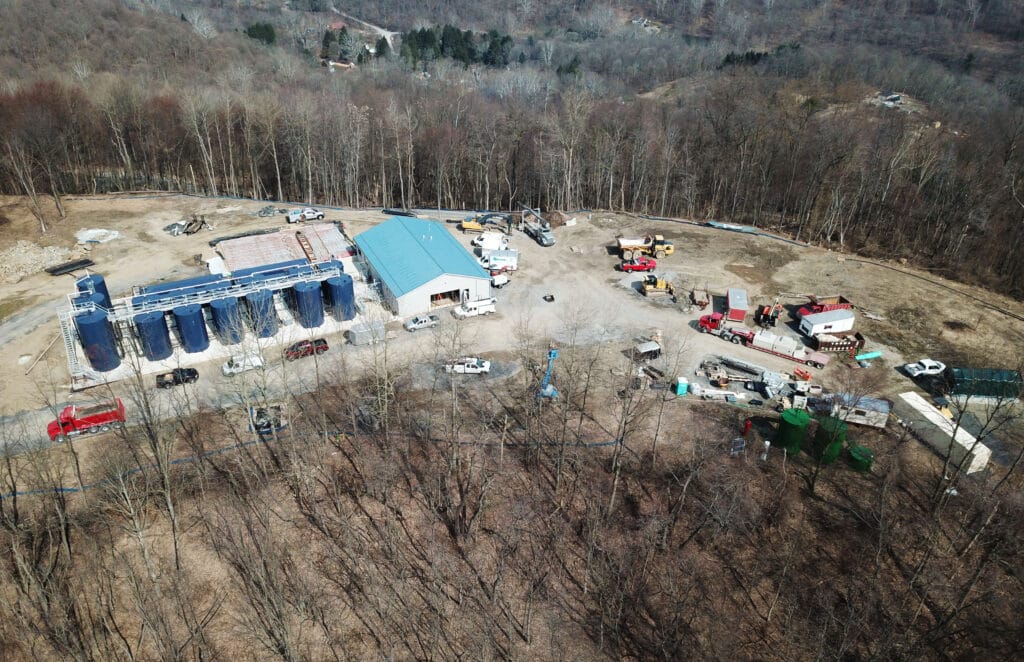
Perceptions match some of the substantive data of the industry’s impact. Separate research from ORVI from earlier this year found the fracking boom over the past decade has been an economic bust, with counties home to disproportionately high levels of drilling having showing comparatively weak job growth and declining populations relative to other parts of Appalachia and the country as a whole.
“Our recent research shows there is very little data to support the contention that the Appalachian natural gas boom has been or can be an engine for economic prosperity. In fact, in some cases, the industry may have the opposite effect. It follows, then, that this poll confirms what other polls have been finding: that public support for fracking in Pennsylvania is eroding precipitously,” said Joanne Kilgour, executive director of ORVI.
The Marcellus Shale Coalition, a gas industry trade group, did not respond to a request for comment.
The Political Myth of Fracking
The notion that fracking is popular in Pennsylvania has been a difficult myth to debunk, and it flies in the face of conventional media narratives, including from the 2020 Presidential election in which then-President Donald Trump tried to hammer candidate Joe Biden on the issue.
“To all the people of Pennsylvania, hear this warning,” President Trump said at a campaign rally in Erie, Pennsylvania, in October. “If Biden’s elected, he will wipe out your energy industry.”
“Only by voting for me,” Trump added, “can you save your fracking in Pennsylvania.”
At the time, national media outlets consistently reported that fracking was a political liability for Biden, adopting Trump’s framing of the issue that being an ally of the industry was good politics and favoring restrictions on drilling presented political risks.
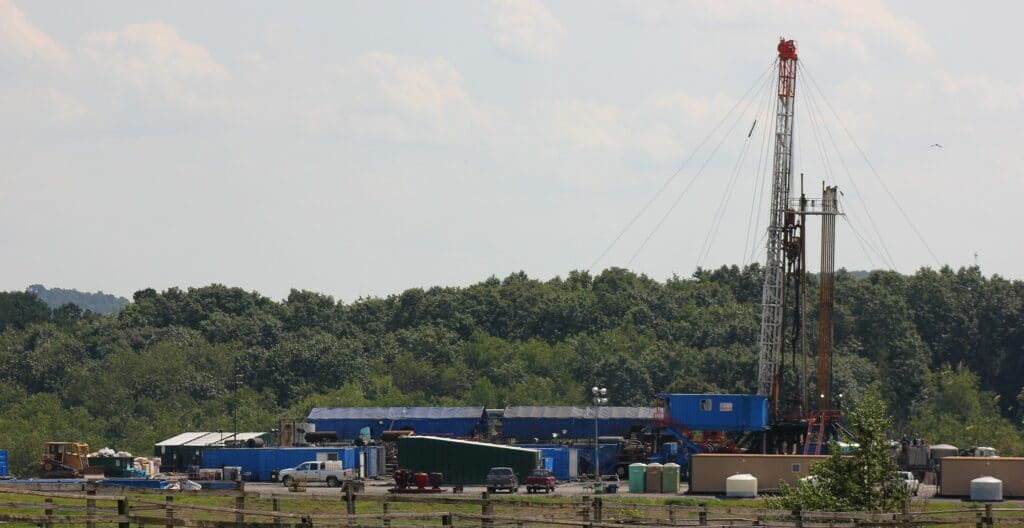
But that has arguably been a misguided political trope for some time. Eric de Place pointed to Pennsylvania Attorney General Josh Shapiro, who has headed up a very public campaign opposing the industry.
In June 2020, Shapiro released a scorching grand jury report that capped off a two-year investigation into environmental crimes committed by gas drillers. The report also pointed blame at state environmental regulators for their cozy relationship with industry.
Shapiro “is about as close you can find to a one-person referendum on the politics of fracking in Pennsylvania,” de Place wrote in November 2020 shortly after the presidential election.
In 2020, Shapiro won reelection as Attorney General, garnering just barely more support across the state than Joe Biden did in the presidential election. But Shapiro did better than Biden by much larger margins in counties where fracking is concentrated. In fact, Shapiro outperformed Biden in nine out of the top ten fracking counties, according to ORVI. Given that Shapiro has cultivated a public reputation taking on the gas industry, his relatively strong performance in fracking counties undercuts the notion that regulating or opposing the industry is bad politics.
ORVI’s poll also shows that very large margins of voters favor Shapiro’s recommendations in his grand jury report. For example, by an 82 to 6 margin, respondents favor requiring safer transport of fracking waste, and a 63 to 19 percent margin favor allowing the Attorney General’s office to prosecute oil and gas companies.
Attorney General Shapiro, who is thought to be preparing a run for governor in 2022, must have come to the conclusion that it was “substantively valuable and politically valuable to call for these populist policies” against the fracking industry, betting that “there would be no blowback from the voters,” David Masur, told DeSmog.
“And it did play out that way,” Masur said.
“When fracking started, when I would go into the state capitol, I’d even have Democratic legislators going, ‘Oh my God, you can’t speak negatively about fracking. You’re going to be persona non grata in here,’” Masur told DeSmog. He said that is now changing.
But he added that increasing oversight or regulation of the industry was “an uphill battle” because of the role of money in politics. For example, Masur said that overwhelming majorities of the public favor classifying fracking fluids as hazardous waste, or favor mandatory disclosure of chemicals used in fracking, but even those extremely modest measures “can’t even get a hearing.”
“That’s a reflection of the power of money in politics, which allows a small group of special interests to have a chokehold on the decision-making,” Masur said. “Harrisburg and D.C. are so far behind the public partially because of the influence of money and access and power, [which] has them years behind where the polling shows the public is.”




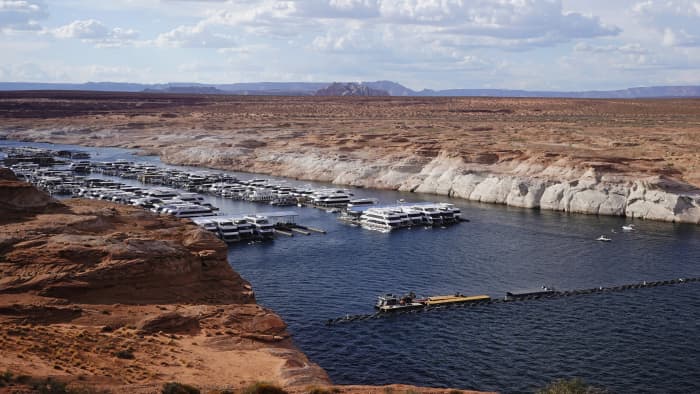




 Firefighters take a defensive stand against a home burning in Redwood Valley, Calif., ignited by an 80 acre wind whipped brush fire fed by tinder dry conditions on July 7. Credit – Kent Porter—The Press Democrat/AP
Firefighters take a defensive stand against a home burning in Redwood Valley, Calif., ignited by an 80 acre wind whipped brush fire fed by tinder dry conditions on July 7. Credit – Kent Porter—The Press Democrat/AP












